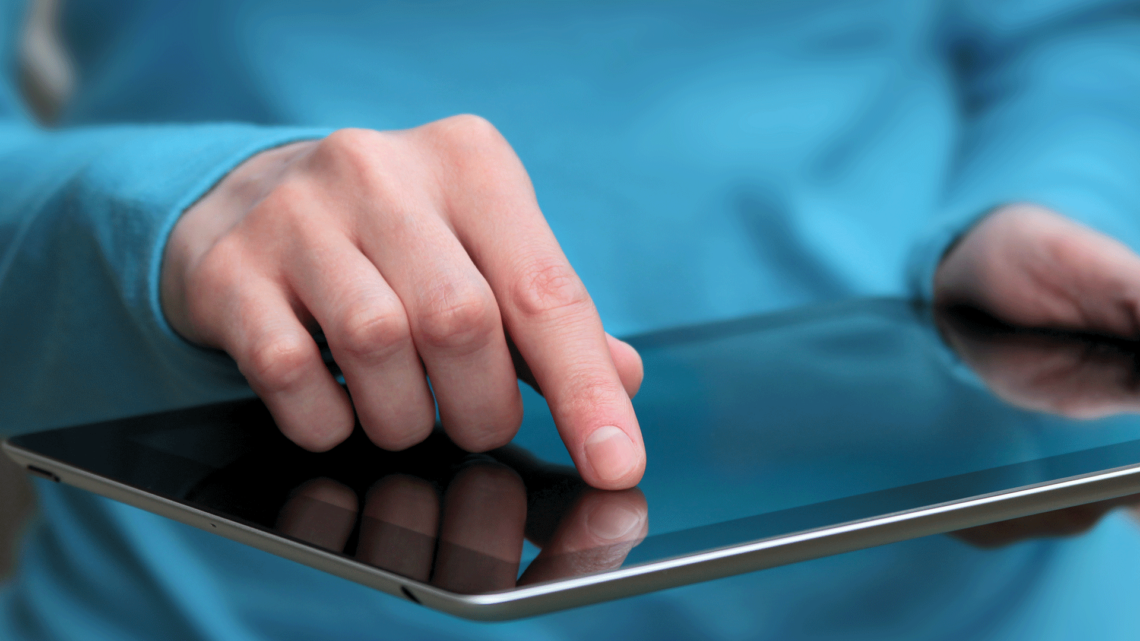Tablets, such as the iPad and Galaxy Tab, are powerful and portable, and they have become a popular way to connect to the Internet. Many users have even replaced their laptop computers with lightweight tablets. Of course, any device that stores personal data and connects to the Internet can be vulnerable to hackers and identity thieves. That means you need to be just as careful about security on your tablet as you are on your home computer.
The SANS Institute suggests the following to keep your personal information secure when using a tablet:
- Use software to remotely track your tablet over the Internet. If your tablet is lost or stolen, you may be able to locate it. If it cannot be recovered, it may be possible to wipe all of the data from the device, so thieves cannot access your personal files.
- Enable automatic updates so your tablet is always running the most current version of the operating system. If a vulnerability is discovered by hackers, keeping your software up to date is the best way of keeping them out.
- Consider disabling location tracking for everything, then activating it only for those functions that truly need it. GPS and mapping software needs to know your location, a game app probably does not.
- Make sure you know where your information is stored and how it is secured. Disable automatic sharing of photos and other data to the cloud, and enable it only when you want to share a specific item.
- Be aware of what devices and apps you have allowed to synchronize and share data. You may find sites you visited and other data from your tablet’s browser showing up on your browser at work.
- Only download apps from trusted sources, and review the privacy options. Do not allow an app access to data it does not need.
Additionally, PCWorld recommends the following precautions:
- Set up a PIN or password that must be entered when you boot up or to “wake up” your device.
- Stay safe on public Wi-Fi
- In addition to setting up tracking features on the tablet, enable remote wiping. That way, if the device is lost or stolen, you can remotely delete all of your data.
- Encrypt the data on the device. Many operating systems offer encryption systems that can easily be enabled to protect your data.
- Have backups in a secure location or, better yet, in multiple locations. If your backup is stored in the same place as your tablet, it is vulnerable to the same risks as your tablet.
Beyond protecting the security of your data, keep the device itself secure. Do not leave your tablet unattended where it can easily be stolen.



